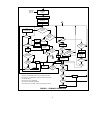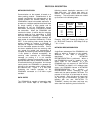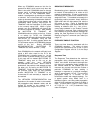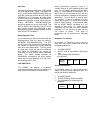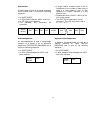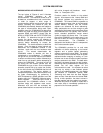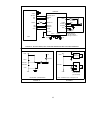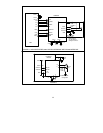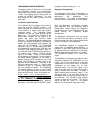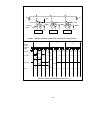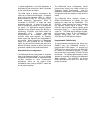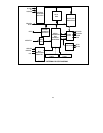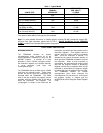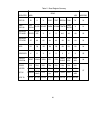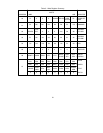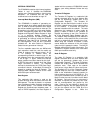
15
TRANSMISSION MEDIA INTERFACE
The bottom halves of Figures 2 and 3 illustrate
the COM20020 interface to the transmission
media used to connect the node to the network.
Table 1 lists different types of cable which are
suitable for ARCNET applications.
1
The user
may interface to the cable of choice in one of
three ways:
Traditional Hybrid Interface
The Traditional Hybrid Interface is that which is
used with previous ARCNET devices. The
Hybrid Interface is recommended if the node is
to be placed in a network with other Hybrid-
Interfaced nodes. The Traditional Hybrid
Interface is for use with nodes operating at 2.5
Mbps only. The transformer coupling of the
Hybrid offers isolation for the safety of the
system and offers high Common Mode
Rejection. The Traditional Hybrid Interface uses
circuits like SMSC's HYC9068 or HYC9088 to
transfer the pulse-encoded data between the
cable and the COM20020. The COM20020
transmits a logic "1" by generating two 100nS
non-overlapping negative pulses, nPULSE1 and
nPULSE2. Lack of pulses indicates a logic "0".
The nPULSE1 and nPULSE2 signals are sent to
the Hybrid, which creates a 200nS dipulse
signal on the media. A logic "0" is transmitted
by the absence of the dipulse. During reception,
the 200nS dipulse appearing on the media is
coupled through the RF transformer of the LAN
Driver, which produces a positive pulse at the
RXIN pin of the COM20020. The pulse on the
RXIN pin represents a logic "1". Lack of pulse
represents a logic "0". Typically, RXIN pulses
occur at multiples of 400nS. The COM20020
can tolerate distortion of plus or minus 100nS
and still correctly capture and convert the RXIN
pulses to NRZ format. Figure 5 illustrates the
events which occur in transmission or
1
Please refer to TN7-5 - Cabling Guidelines
for the COM20020 ULANC, available from
SMSC, for recommended cabling distance,
termination, and node count for ARCNET nodes.
reception of data consisting of 1, 1, 0.
Backplane Configuration
The Backplane Open Drain Configuration is
recommended for cost-sensitive, short-distance
applications like backplanes and
instrumentation. This mode is advantageous
because it saves components, cost, and power.
Since the Backplane Configuration encodes
data differently than the traditional Hybrid
Configuration, nodes utilizing the Backplane
Configuration cannot communicate directly with
nodes utilizing the Traditional Hybrid
Configuration.
The Backplane Configuration does not isolate
the node from the media nor protects it from
Common Mode noise, but Common Mode Noise
is less of a problem in short distances.
The COM20020 supplies a programmable
output driver for Backplane Mode operation. A
push/pull or open drain driver can be selected
by programming the P1MODE bit of the Setup
Register (see register descriptions for details.)
The COM20020 defaults to an open drain
output.
The Backplane Configuration provides for direct
connection between the COM20020 and the
media. Only one pull-up resistor (in open drain
configuration of the output driver) is required
somewhere on the media (not on each
individual node). The nPULSE1 signal, in this
mode, is an open drain or push/pull driver and is
used to directly drive the media. It issues a
200nS negative pulse to transmit a logic "1". ote
that when used in the open-drain mode, the
COM20020 does not have a fail/safe input on
the RXIN pin. The nPULSE1 signal actually
contains a weak pull-up resistor. This pull-up
should not take the place of the resistor
required on the media for open drain mode.



